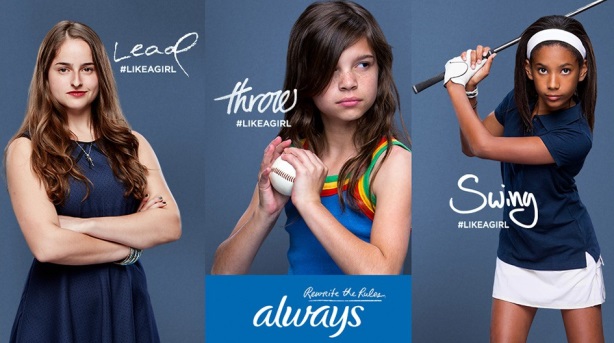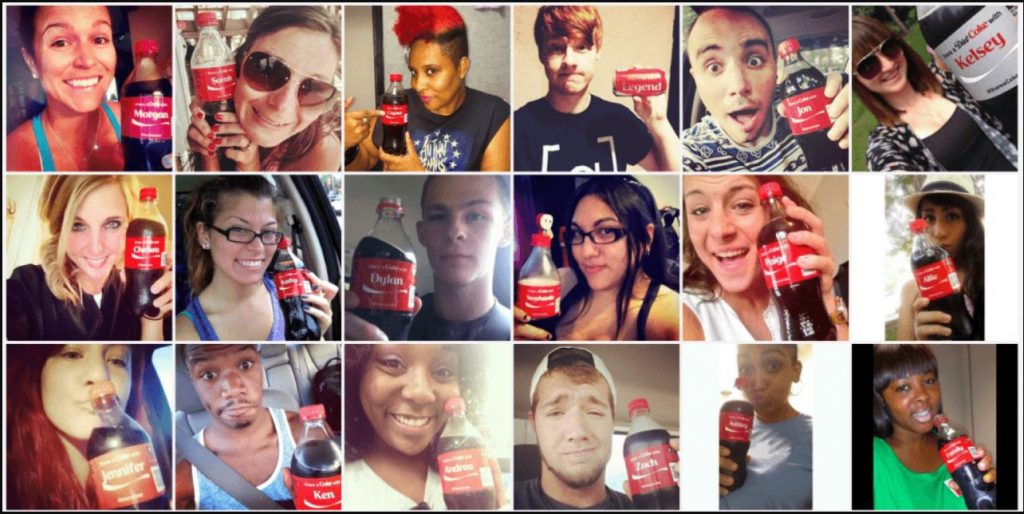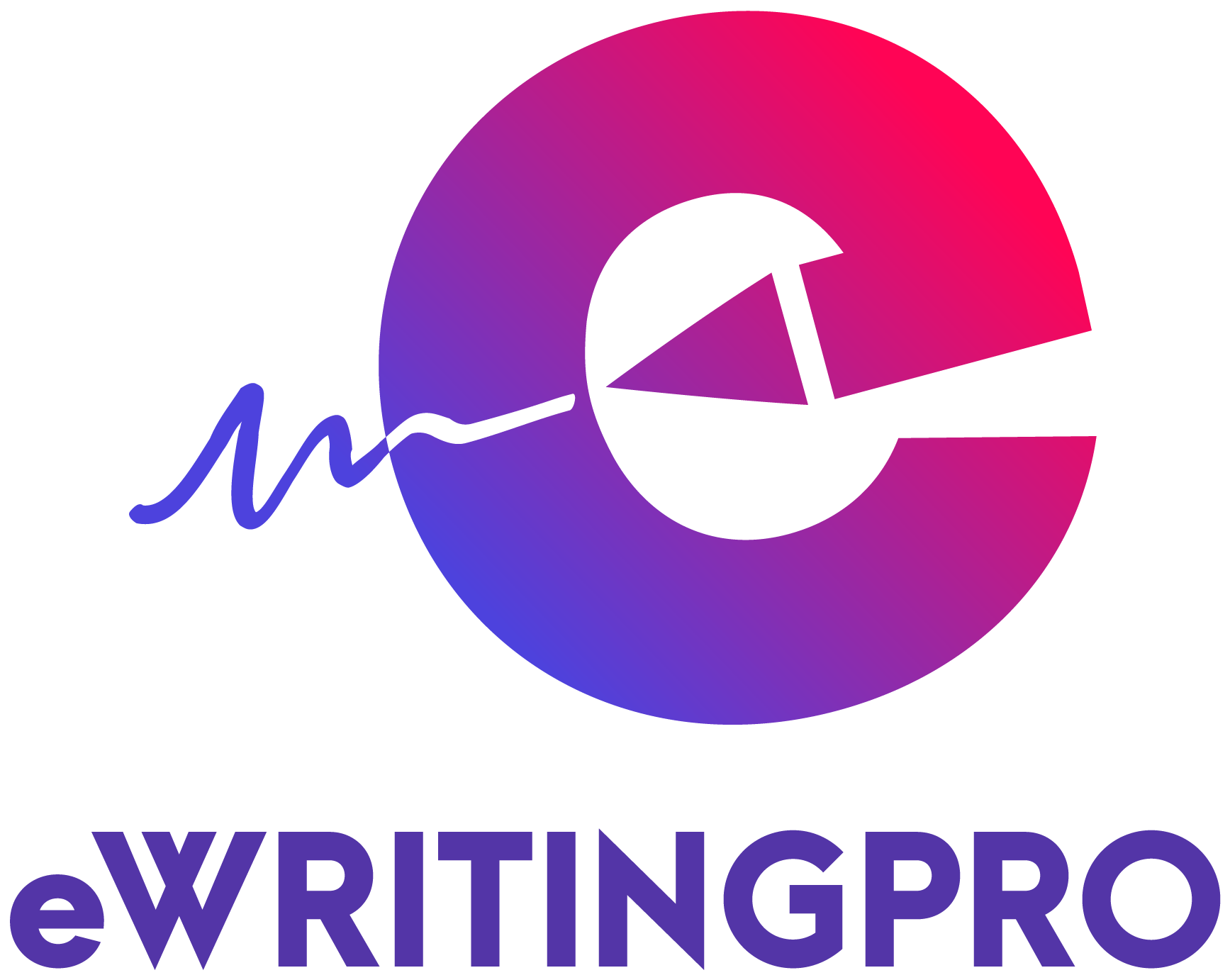As amazing and complex as the cutting-edge world is, and the terrific business instruments that accompany it, that is not actually what persuades a crowd of people to purchase your items.
So what does?
Good old-fashioned, genuine stories…
Otherwise known as Emotional Marketing.
Why?
Toward day’s end, shoppers are individuals with complex feelings and, surprisingly, more mind-boggling stories. Truth be told, a significant piece of our capacity to endure so well in this world and out-contend a large number of our brethren in the animals of the world collectively is owed to our complex enthusiastic limit. Our capacity as individuals to perceive feelings in others and to feel similar sentiments as others are significant.
It’s an idea that has been contemplated to death in Social Psychology and has since moved into the business world, illuminating promoting groups all over the planet on the most proficient method to interface with expected clients through their advertisement campaigns.
Also, the boy accomplishes his work.
Not exclusively does passionate substance perform almost two times as well as reality-based substance. However, individuals are additionally bound to settle on choices given feelings rather than realities.
Regardless of your financial plan or your toolset, adding a passionate promoting system or hiring a company will assist you with associating with your expected clients and lifting deals. I’ll separate it in this article and afterward give you 15 strong models that you can gain from.
What is Emotional Marketing

Emotional marketing is a kind of publicizing that utilizes essential feelings, like satisfaction, dread, or outrage, to get a customer reaction. This can normally prompt more friendly offers and purchases of the advertised item. It can likewise prompt client steadfastness as trust works between your image and the clients as well as further developed client experience.
Fundamentally, enthusiastic showcasing associates with individuals at the center of their sentiments.
Whatever the showcasing message might be, regardless of whether it utilizes positive feelings like joy or pessimistic feelings like dread, it moves individuals to act with an emotionally based reaction.
Furthermore, when individuals are carrying on with feelings (which is more often than not), they don’t utilize normal reasoning that could somehow keep them from social sharing or buying an item.
Emotional marketing can happen anyplace in your computerized promotion, from your web-based media presents down to composing your item portrayals. You can utilize emotions to evoke specific conduct from your clients.
Before we get into how to make an emotional marketing technique, we should initially investigate how feelings work.
How Emotional Marketing Works

Most marketing articles will guarantee that there are just 4 essential emotions (there are tons more than that) to use in your advertising message to drive some sort of reaction (ie more recruits, social offers, or buys). While there are almost 30 recognized emotions that people can identify on a moment-by-minute premise, they for the most part originate from these four center gatherings of feelings and emotions: happiness, sadness, fear, and anger.
Feelings and emotions are such a lot of a piece of our living experience as people that we experience somewhere around one feeling 90 percent of the time. That is north of 21 hours of the day that we are feeling some sort of emotion, implying that we are passionate creatures in any event when we rest.
Furthermore, on the off chance that you’ve at any point woken up somewhere down in a fantasy, you realize that that generally will be valid.
However, it’s not just that.
Emotions came to be an endurance component in our creating minds, compensating for the way that we weren’t as solid or as quick as our rivals. However, we were unable to out-move, out-run, or out-chase different creatures in the regular world, we could out-think them, observing intelligent fixes to survival issues and finding out with regards to risk before it compromised our lives.
This is all gratitude to our huge, wonderful minds.
Also, emotions assumed a significant part in it as they assisted us with realizing when to focus on risk (that is, the reason dread is a particularly important inclination) and when to realize that we can trust someone else (love and satisfaction are vital for our survival reason).
They are such a lot of a piece of who we are that they are in the most established piece of our cerebrums, frequently called the ‘reptilian mind’ concerning how far back they go in our transformative turn of events. The remainder of our mind, for example, the prefrontal cortex, where our character and dynamic capacities dwell, was conformed to our reptilian cerebrum, which sits like a ball at the highest point of our spinal section somewhere inside the folds of our cortex.
This is to say: feelings are a BIG piece of what our identity is.
Also, all that we do, from the attire we wear to our loved ones, come from our emotions.
No doubt making a substance marketing technique that takes advantage of human emotions is a truly smart thought. Fortunately for you, advertising groups of all shapes and sizes have effectively concentrated on this and taken in a couple of things that you can join into your marketing efforts without much of a stretch.
Happiness
Before you can persuade individuals to purchase your item or administration, you first need to persuade them to trust your image. Probably the most effective way to do that is by getting your image before them. This is called ‘brand mindfulness’ and is an essential yet frequently neglected initial phase in the purchaser’s excursion. This is the reason force to be reckoned with advertising is so well known; why social media has turned into a force to be reckoned with for brand mindfulness – and why everyone shares positive messages.
Social media furnishes an interminable crowd, and with the right substance, you can extend your compass ten times. To do, then, at that point, make a couple of missions that emphasize certain feelings, like joy and satisfaction. Genuinely certain substance spreads quicker via web-based media using social sharing than some other kind of content.
Sadness
Assuming that it bleeds, it leads.
Another branding system that many organizations use is to construct a passionate association with their main interest group by addressing gloomy sentiments, like sadness. Sadness is a human feeling that normally unites individuals for help. Whenever our emotions were created, sadness was an enthusiastic reaction that proved to be useful when individuals required assistance and backing the most, for example, with significant misfortune or tough spots. This assisted us with getting by, pulling on this inborn emotional reaction to traverse anything that adversities we confronted.
Presently, in the 21st century, we can utilize this passionate reaction to interest others and have them gather around for help. By sharing substance that evokes a passionate response to trouble, then, at that point, you will probably collect more snaps and commitment on the post as people normally need to study it. While it’s not fitting to make the whole emotional Marketing efforts focused on pity, is a helpful strategy to utilize while you’re searching for greater commitment to your content.
Fear/Surprise
At the point when we experience negative feelings, for example, fear, we normally search for comfort and consolation. What researchers have found is that this is even an obvious marking. Shockingly, individuals feel more faithful to a brand that was available during a startling circumstance than to brands that were available during a charming circumstance. The most well-known illustration of this is with item arrangement in motion pictures or computer games where dread is prompted. At the point when a brand or logo is available during an unfortunate occasion, individuals show more brand dedication than if the logo were available on a euphoric occasion. While this marketing strategy is strong, yet not a solid match for all brands since it doesn’t continuously check out for a brand to frighten its interest group.
Anger/Disgust
Another methodology that numerous advertisers avoid is involving outrage and disdain in their emotional marketing procedure. Dissimilar to bliss and bitterness, which for the most part pulls on the heartstrings of the crowd, outrage and appall can evoke an extraordinary enthusiastic response from readers, which regularly transforms into genuine activity, such as sharing, sending, or remarking on the piece of content.
However, this doesn’t imply that you should deliberately resent your reader or incite your interest group with combustible remarks. All things considered, advertisers will regularly pick a questionable subject connected with their specialty that as of now accumulates emotional responses from individuals without the assistance of their publicizing efforts.
Earth cognizant brands, for instance, could share genuine content about the gigantic effect that solitary utilizes plastic has on our dirt and water to incite compelling emotional reactions in their interest group. Whenever you approach these themes at an emotional level, then, at that point, you’re bound to get an emotional reaction. As far as computerized promoting, this implies a greater commitment to substance, which, thus, prompts virality.
Emotional Branding
Emotional branding is the most common way of building a significant connection between your image and expected clients by inciting fundamental feelings. Trademarks, for instance, incite good sensations of affection and bliss; very much like one of the famous manufacturing shoe companies, Nike incites feelings of wonder and motivation. Promotions with emotional content are regularly used to assist with fostering this brand picture. By incorporating emotional importance into your image, you are better prepared to create an enduring reaction that is profoundly entwined with your image. This creates trust and brand devotion over the long run, which eventually impacts purchasing choices, such as picking your image over your rivals.
Emotional Advertising
Emotional advertising is straightforwardly connected with the sorts of ads that are submitted by the organization in request to inspire feelings or emotions; bring issues to light around their image, and construct entrust with their interest group. Emotional advertisements can be utilized both to layout a brand and to add to a bigger conversation regarding recent developments or misfortunes. Airbnb, for
instance, sent off its “How about we Keep Traveling Forward” campaign following the 2018 US travel boycott. While this specific advertising message doesn’t embody their whole image, it surely addresses its ideal interest group at an emotional level that advances trust and even brand faithfulness.
Storytelling
The strategy that unites everything, the promoting objectives, and client loyalty, is story writing. Storytelling is a fine art that has been utilized since the start of human life and, very much like human emotion, is an art that was created for survival. All things considered, assuming you can precisely depict a significant example that won’t be forgotten for ages, then, at that point, your posterity will be better for it. So having the option to recount a story well not just assists you with interfacing on an emotional level, yet additionally helps other people recall your story and brand for quite a while. The objective of storytelling or writing is to be so great at it that clients recollect your image when they are in the dynamic interaction not long before buying an item.
5 Successful Examples of Emotional Marketing
Since we’ve addressed a couple of basic emotions and different emotional marketing techniques to go with them, it’s an ideal opportunity to check out genuine instances of emotional marketing. You don’t have to duplicate them (it very well may be bizarre assuming that you do), yet investigate how every one of these brands talks very little regarding themselves or their items. All things considered, they talk about a greater issue that, can be very emotional.
1. P& G “thank you, mom-strong”:

One more emotional campaign delivered for the 2016 Rio Olympics was made by P&G, which featured the mother’s part in our lives. In this video, we watch Olympic competitors recall how their moms empowered them and comforted them as youngsters, which assists them in daring to contend in the Olympics. P&G is an organization that envelops a wide scope of items generally implied for the home, so it’s a strong move to do a little emotional branding on the home part of their organization, similarly as a large number of individuals plunk down to watch their commercial from home.
I challenge you to watch it and not cry.
2. Always #Like A girl campaign:

Continuously, an organization that sells ladylike items, flipped the deep-rooted affront ‘like a young lady’ on its head by sending off a whole campaign that checked out each of the astounding things that young ladies and ladies are doing, both in sports and in the world. The #LikeAGirl lobby turned a lot of heads as well as won a ton of heart, furthermore perhaps clients.
3. Apple
Apple’s Think Different campaign is in a real sense roosted on top, since it has outfitted various emotions (energy, pride, splendor) to catch its crowd and cultivate brand loyalty. By marketing itself as the maker of state-of-the-art innovation and a culture of unveiling its new items, Apple truly wants to be essential for something select, first-class, and taking special care of our should be awed (amazed).
4. Coca-Cola

Maybe probably the boldest move in history was when Coca-Cola chose to leave its logo and urged individuals to compose positive messages and share them with their friends and family. The consideration of trust, joy, and human association makes this drink organization one of the biggest business entities on the planet.
5. Gillette’s “Amazing Isn’t Pretty” Emotional Advertising Campaign

Gillette delivered a moving video that featured four Olympic competitors as the Rio Olympics drew closer in 2016. It showed that being great, which is inexactly characterized as Olympic-commendable physicality, takes a ton of sacrifice and pain. However, Gillette just sells razors, which are dubiously joined into the commercial; the brand made an emotional draw in its crowd by conforming to the diligent employees of the world. While watchers may not be certain what sort of item includes Gillette can offer, they do know what sort of mission the brand remains behind. Also, this will prove to be useful when purchasers are prepared to buy new razors.
These examples are a decent outline to get propelled structure; however, you additionally should remember that for each fruitful mission, there are products that neglected to hit their imprint and some even caused a backfire (unhappy clients that left). Before you foster any mission, check in with your crowd and follow the remarks posted via online media, following their responses. After you are sure you comprehend the political environment and are certain of the message you need to send, convey your work. Monitor how it is being used and change it as expected to suit your objectives.
Also Read: How to Write eBooks for Money
Conclusion:
Meshing emotions into your marketing and advertising is a reliable method for attracting, in, resounding with, and urging your crowd to act. Consider emotional marketing the clear-cut advantage you never realized you had.
To effectively place feelings in your marketing, you should simply know your crowd and know which feelings would resonate most. Adjust these with your general showcasing objectives, and your emotional marketing efforts will be a portion of your best.

